The goal of my project is to achieve Automatic home surveillance system without any manual interference. In general other surveillance system it is necessary to power ON TV and camera receiver every time. And also it needs to any user input to view who is standing out side. But in my project both are not necessary because it automatically control power of TV and camera receiver and my project doesn't need any user input. We can install camera output into our casual home TV itself.The operation of my project is that when some one press the calling bell in transmitter section in outside door that signal send to receiver section using wireless data transmission. receiver section sounds the buzzer for let us know some one pressing calling bell outside then Receiver section checks whether TV is ON or OFF.
If TV is OFF then the receiver section turn ON the TV and change the TV source of input to in which the wireless camera receiver is connected . now the the TV shows who is standing outside the door. If we know that person then we will open the door . That time transmitter sense door is opening and send that data to receiver. so receiver change the TV source to previous source of input.and Turn OFF the TV input to previous position.
If the TV is ON that means the receiver sense that we watching TV. At that time some one press the calling button.Then the receiver section sounds the buzzer and then receiver simply change the TV source of input to where the camera receiver source of input is connected.now the TV show who is standing outside.If we know the person when we open the door then receiver get door opening signal from the transmitter.
so receiver change the TV source of input to what we previously watched.
 vigneshraja
vigneshraja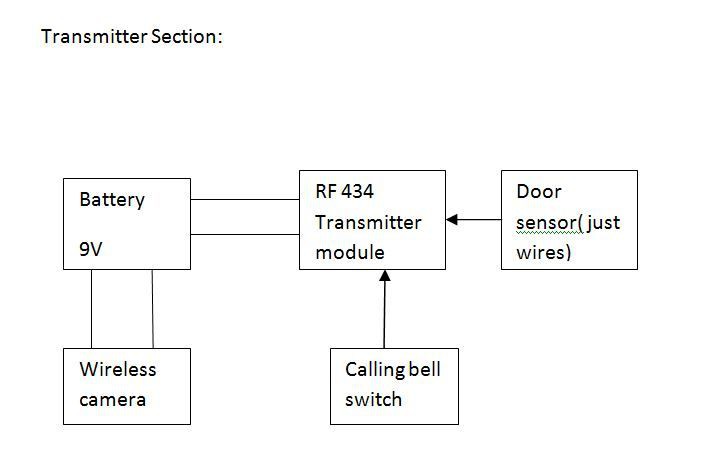

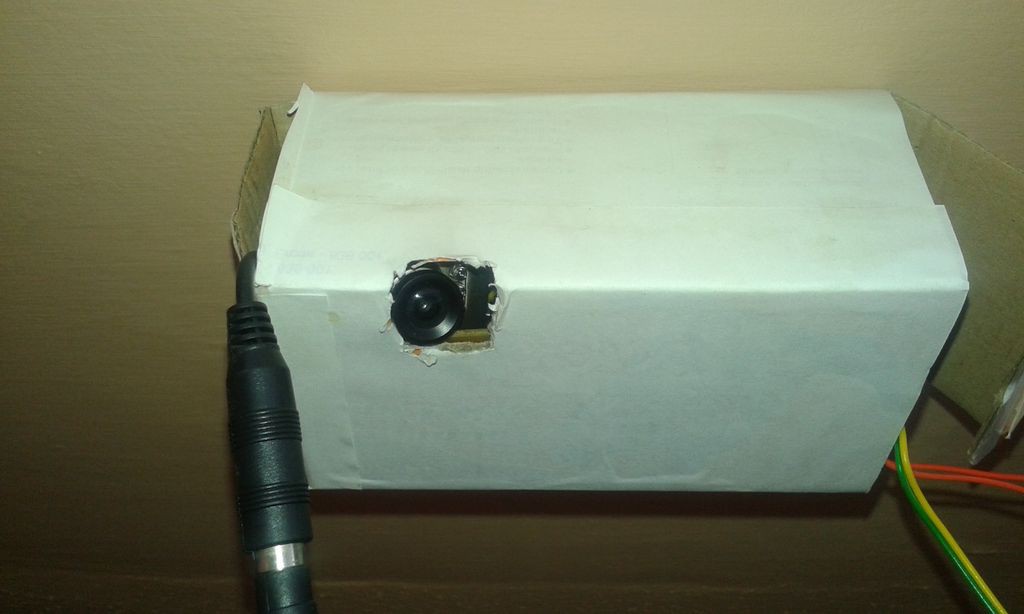
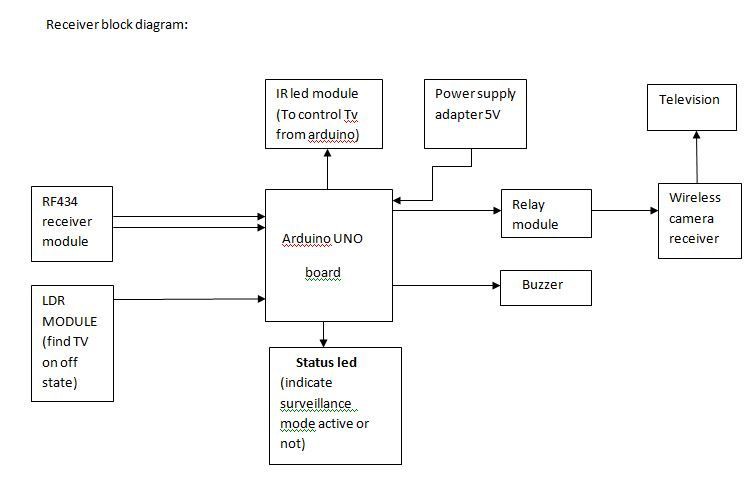
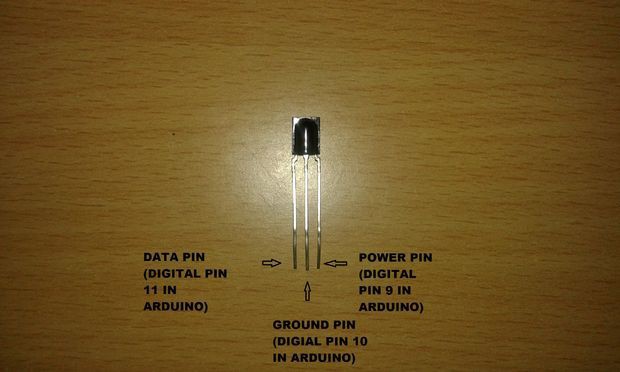
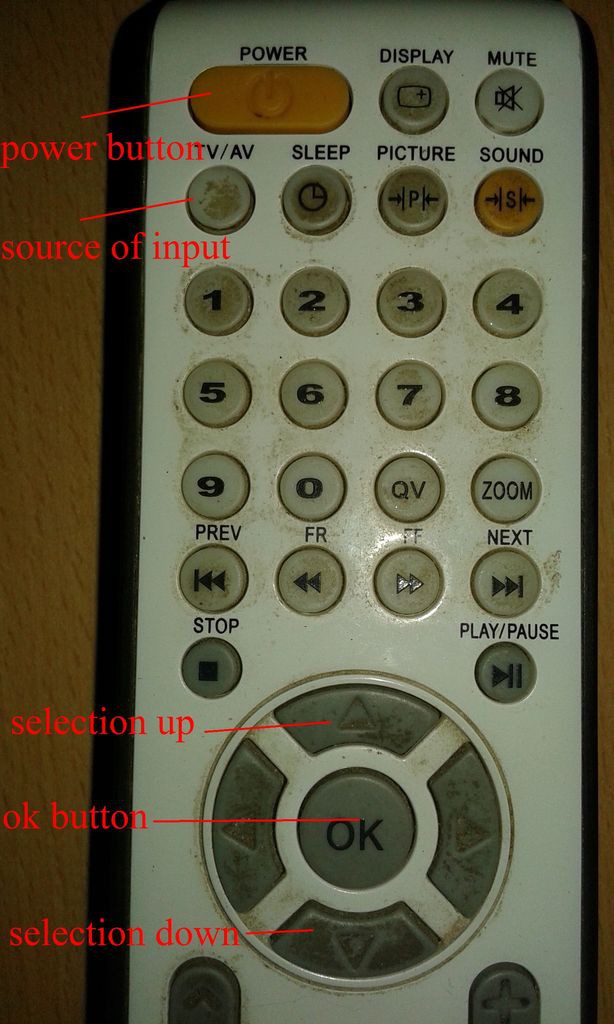
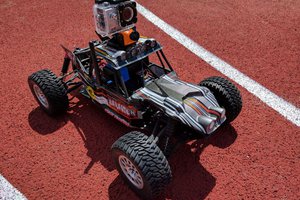
 codersilver
codersilver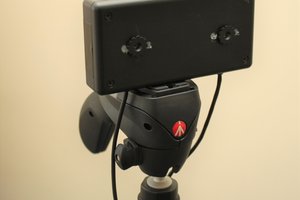
 James Gibbard
James Gibbard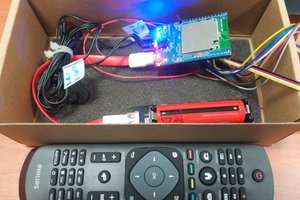
 Michael Zhang
Michael Zhang